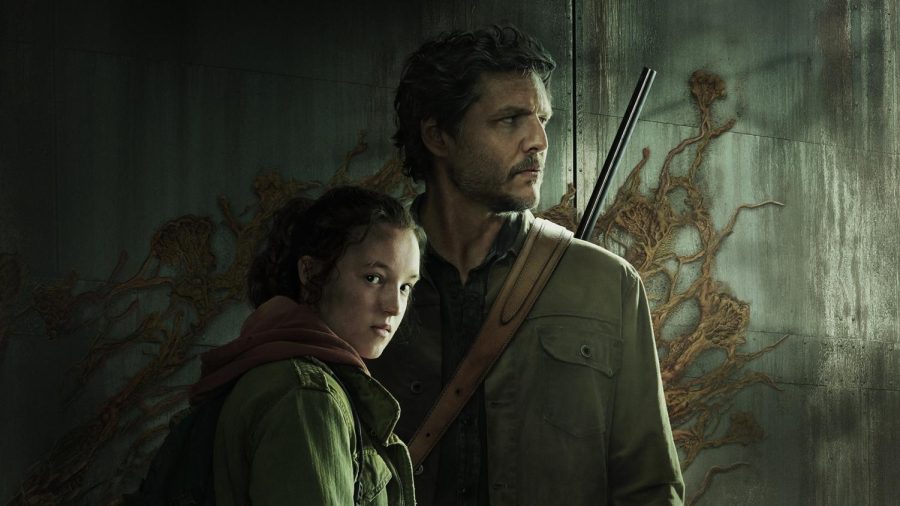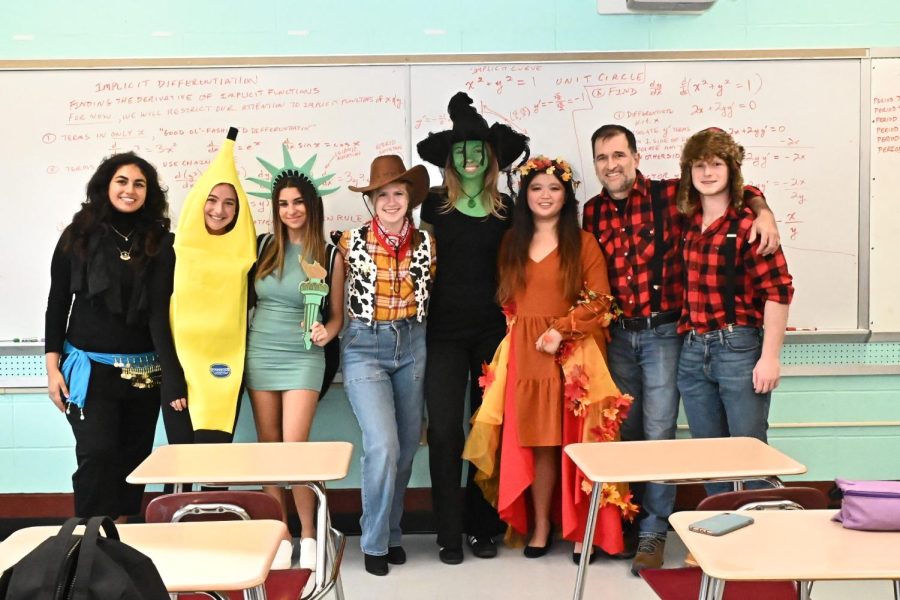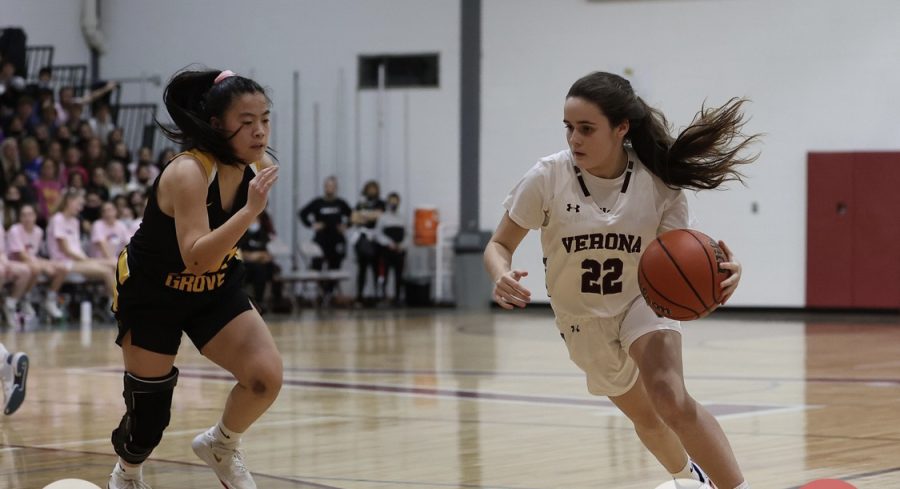The Death of Traditional Media
What ever happened to spending a quarter and getting today’s copy of the newspaper? How about sitting on your porch and having the paperboy toss you the day’s paper on a Saturday morning? What about going to the dentist’s office and picking up the latest issue of Sports Illustrated while you wait to have your root canal done? How about curling up by the window on a rainy day and reading your favorite adventure novel?
Has the death of traditional media left a cavity in the way we perceive the world around us?
Once upon a time the only up to date news you’d be getting every day would be from your television or a newspaper. A bit of news could spark an interesting and insightful conversation between two people, simply due to the fact that this news isn’t readily available for everyone. Such conversations simply don’t exist nowadays purely due to the massive influx of news and headlines we see everyday.
This same concept is true of books. While classic literature is still highly regarded among scholars and disappointed students alike, it’s difficult for modern authors to get their book off the ground and in people’s hands. Newer media such as YouTube and TikTok give people the “experience” you’d usually get from reading a book, but with visual and aural stimulation. In fact, data from the National Literacy Trust shows that an estimated 26 percent of people under the age of 18 read every day. This is the lowest percentage recorded since the studies began in 2005. With the number of students reading books on the decline, are we reaching a turning point in our societal traditions?
“I think that students are definitely less interested in traditional media,” says VHS senior Emma Derderian. “You definitely see that students are less interested in reading traditional books or magazines, or watching cable TV. Any news or magazine article can be found online, and books can be read online as well.” She continues, “I also think that with the rise of streaming services, especially Netflix, kids don’t need to watch traditional TV to view the media they want to. Students’ lives are much more focused on phones and laptops, so the use of other media is definitely on the decline.”
Senior, Annalie Ying has a slightly more optimistic point of view. “While traditional media is on the decline, there are many new forms of media such as social media, news apps, and podcasts that students like myself interact with.” She continues by saying “These new forms can be more convenient and provide access to more content/information than traditional forms. I think it would be best to find a balance between the two as we can benefit from using both types of media.”
While traditional media is definitely on the decline at VHS, that doesn’t necessarily spell disaster for the coming generations. It may just mean that we consume information differently.









